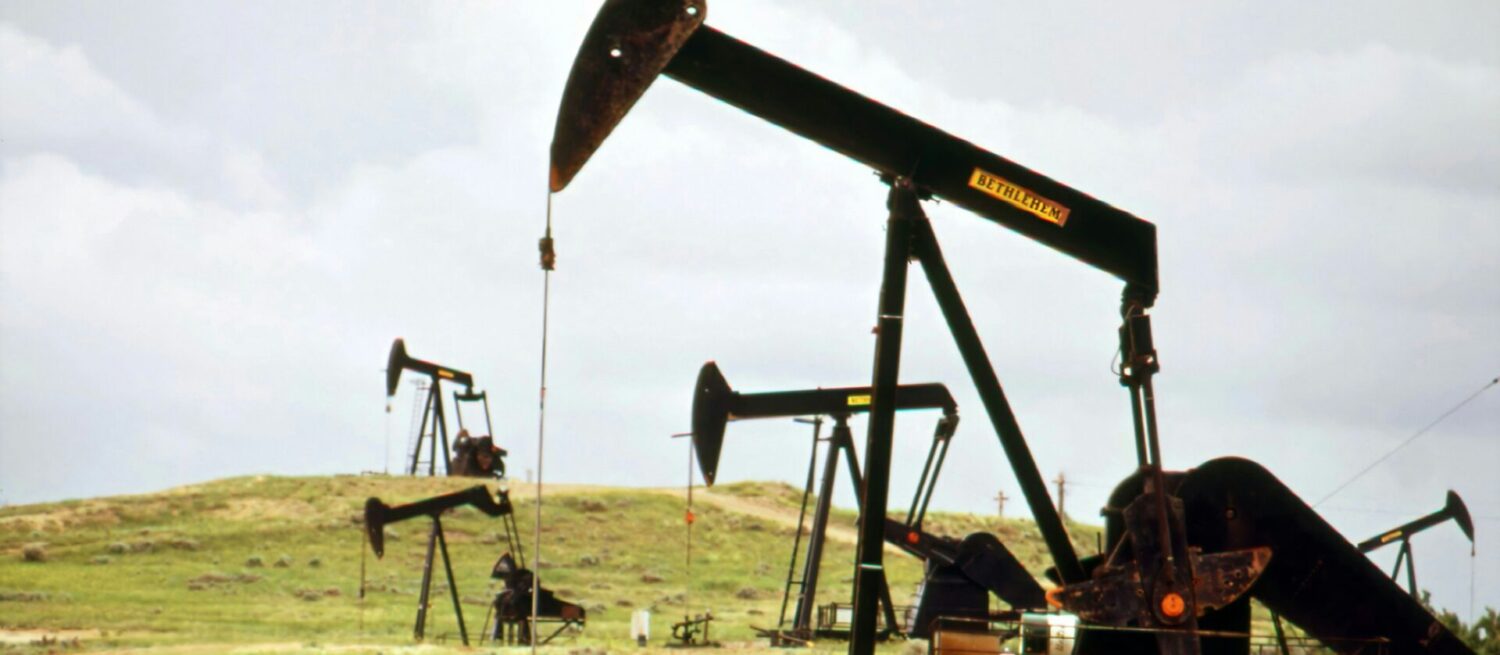

Nitrogen Injection for Enhanced Oil Recovery
Gases / Industries / Insights
In United States reservoirs, crude oil development and production can include up to three distinct phases: primary, secondary, and tertiary (or enhanced) recovery.
- • According to the U.S. Department of Energy, “During primary recovery, the natural pressure of the reservoir or gravity drive oil into the wellbore, combined with artificial lift techniques (such as pumps) which bring the oil to the surface. But only about 10 percent of a reservoir’s original oil in place is typically produced during primary recovery.
- • Secondary recovery techniques extend a field’s productive life generally by injecting water or gas to displace oil and drive it to a production wellbore, resulting in the recovery of 20 to 40 percent of the original oil in place.
- • However, with much of the easy-to-produce oil already recovered from U.S. oil fields, producers have attempted several tertiary, or enhanced oil recovery (EOR), techniques that offer prospects for ultimately producing 30 to 60 percent, or more, of the reservoir’s original oil in place” (Energy.Gov, 2024).
EOR Methods
While various methods are used by the energy industry, enhanced oil recovery methods can be divided into three main categories:
- Chemical injection
- Thermal injection
- Gas injection
Gas injection is perhaps one of the oldest and simplest methods of oil recovery and is a growing application. This process injects carbon dioxide, natural gas, or nitrogen into the reservoir to improve or stabilize production. Due to nitrogen being inert, non-reactive, and cost effective, it is quickly replacing the usage of natural gas and CO2.
Nitrogen: The EOR Superstar
Nitrogen (N), a colorless, odorless, tasteless gas, is the most common element in our atmosphere. It’s a component of all living matter, including water, soil, plants, and the human body. It accounts for about 3% of human body weight. Nitrogen is a unique and versatile gas. It’s used across a variety of industries to improve yields and optimize performance. It enables safe storage and use of flammables and prevents the explosion of combustibles. Further, nitrogen improves the quality and shelf-life of oxygen-sensitive materials such as food, pharmaceuticals, and electronic products.
There are a few reasons nitrogen has emerged as a preferred alternative to carbon dioxide and natural gas for injection into oil reservoirs. It’s more abundant (78% of the Earth’s atmosphere), it’s more cost effective, and it has no corrosive effects on piping (unlike carbon dioxide). Along with these benefits, nitrogen can also improve existing oil production significantly.
Nitrogen Supplier in the Rocky Mountain Region
Rocky Mountain Air is a certified distributor of high purity nitrogen, and we pride ourselves on being much more flexible with our deliveries than the competition. When a well has issues, we have a 24/7 on-call service for our customers. We love being a reliable partner that’s capable of providing solutions. Our flexibility is especially valuable in an ever-changing industry. Wherever you need us, whatever the complexity or urgency of the job, we commit to working with you so that your business runs smoothly.
Equipment for Rent
We have several bulk options for customers depending on your needs. You can rent/lease bulk tanks for longer periods of time and have them installed in your yards. We can remotely monitor their levels with telemetry systems. We consistently focus on improvement to provide flawless dependability. Contact your local branch to learn more. We look forward to serving you!



